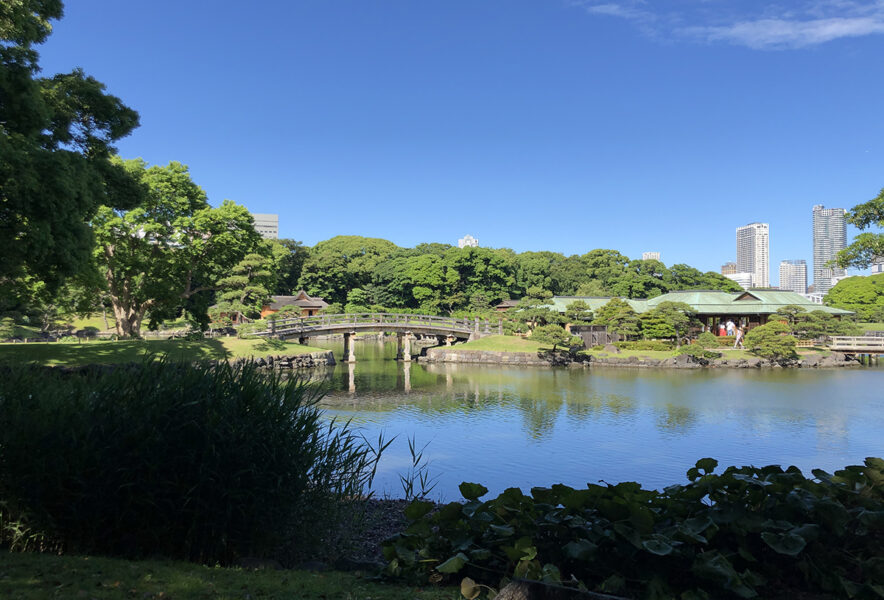The Hamarikyu Gardens are located in Chuo-ku, Tokyo. It is a representative feudal lord’s garden of the Edo period with a pond that draws seawater from Tokyo Bay. The garden was originally a falconry ground for the Tokugawa shoguns during the Edo period, and was completed in its present form during the reign of the 11th shogun, Ienari Ienari. After the Meiji Restoration, the garden became an imperial villa and was renamed Hamarikyu.
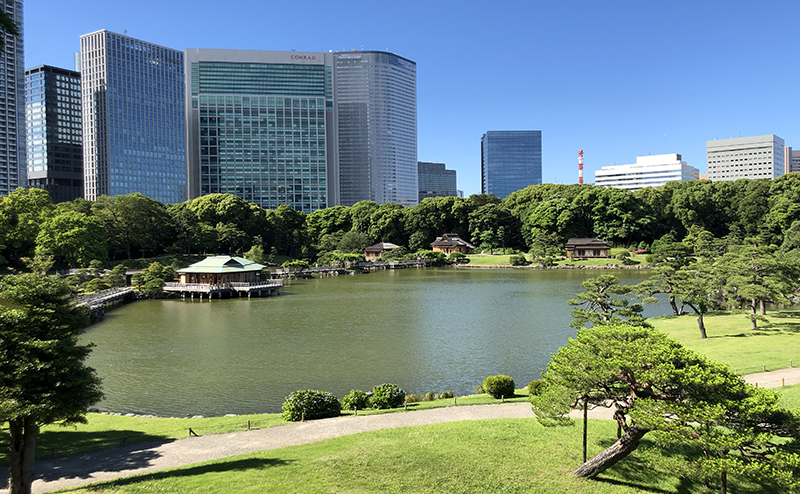
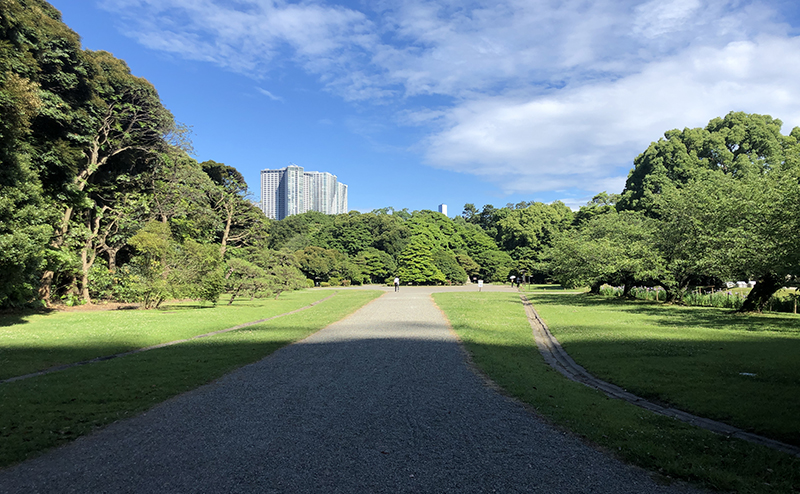
History of Hamarikyu
Until the Kan’ei era (1624-1644), the area was a single-fronted ashi field for falconry by the Shoguns. The first person to build a mansion here was Matsudaira Tsunashige, the younger brother of the fourth shogun, Ietsuna, and Prime Minister of Kofu. In 1654, Tsunashige received permission from the Shogun to reclaim the sea and build a villa called the Kofu Hamayashiki. Later, when Tsunashige’s son Tsunayo (Ienobu) became the 6th Shogun, the villa became the Shogun’s villa and was renamed Hama-goden. Since then, the garden has been renovated several times by successive shoguns, and was completed in its present form when Ienari Ienari became the 11th Shogun. After the Meiji Restoration, the garden became an imperial villa and was renamed Hamarikyu. Later, the Great Kanto Earthquake and war damage destroyed the teahouse and other valuable buildings and damaged trees, leaving the garden as it was in the past. On November 3, 1945, the property was given to the Tokyo Metropolitan Government, and in April 1946, it was reorganized as a park and opened to the public.
In 1952, the Koishikawa Korakuen Garden was designated as a Special Historic Site and a Special Place of Scenic Beauty under the Law for Protection of Cultural Properties. The Koishikawa Korakuen Garden is one of only two gardens in Tokyo and nine gardens in Japan that have been designated as such, making it a valuable garden not only in Tokyo but also throughout the country.
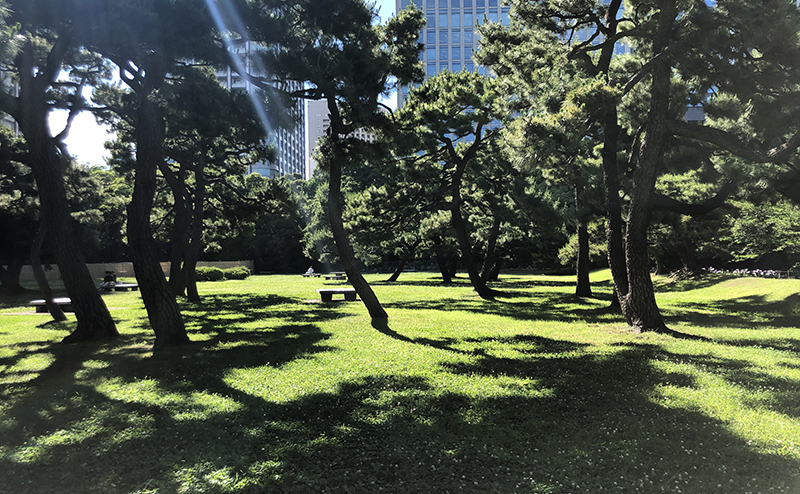
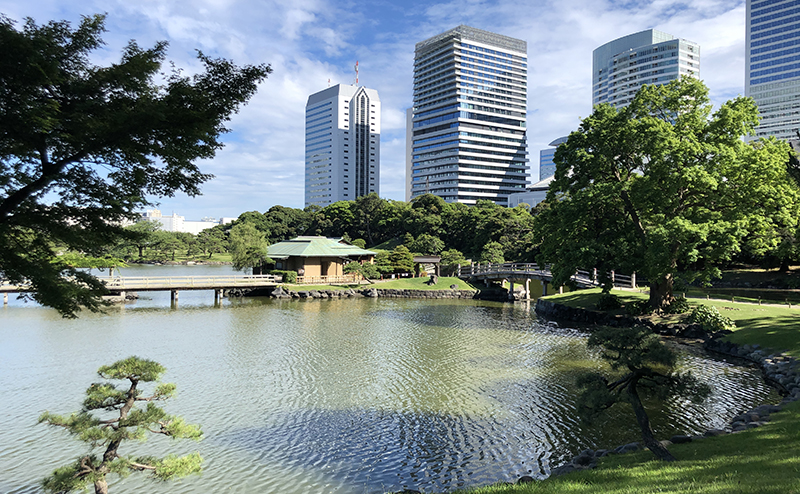
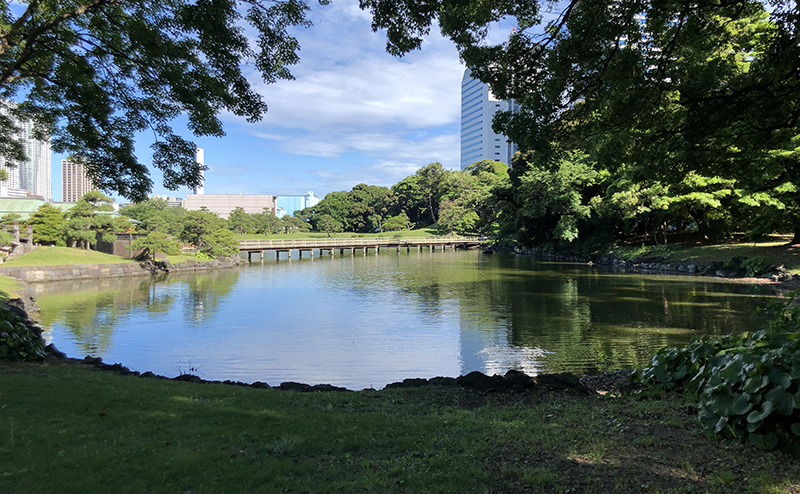
Highlights of Hamarikyu
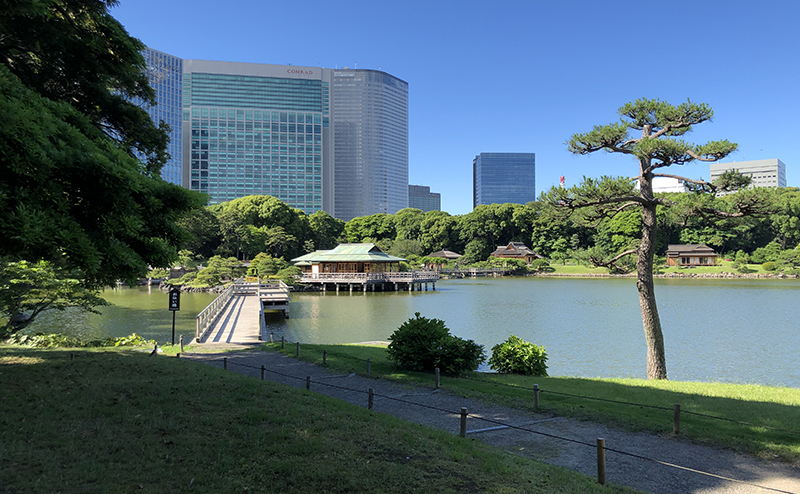
The Shioiri pond
The garden, which has been in existence since the Edo period, contains the only seawater pond in Tokyo. The water gate is opened and closed according to the rise and fall of the water level in Tokyo Bay to regulate the flow of water in and out. The pond is inhabited by saltwater fish such as mullet, Japanese common squid, gobies, and eels. Rocks and stones placed around the pond are inhabited by crabs and barnacles. In winter, migratory birds such as the white-rumped bulbul come to the pond.
Gate
Hamarikyu Gardens has two entrances, the Otemon-guchi and the Naka-no-Gomon-guchi. The stone walls, which also served to protect Edo Castle during the time of the Daimyo Gardens, still remain.

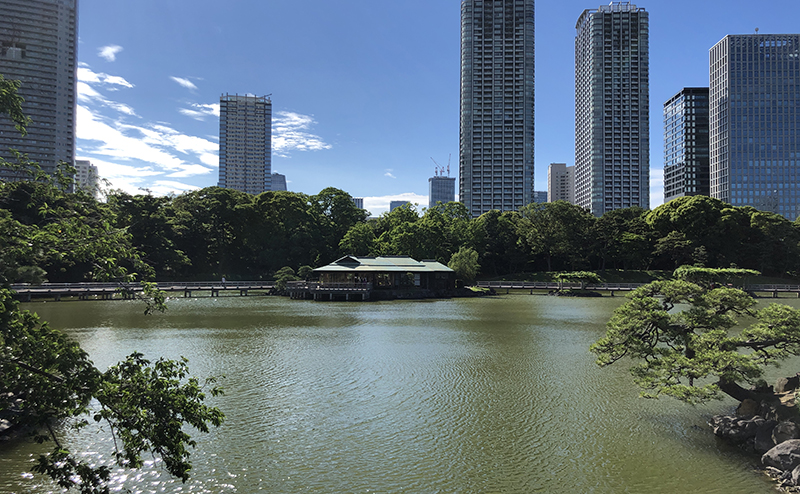
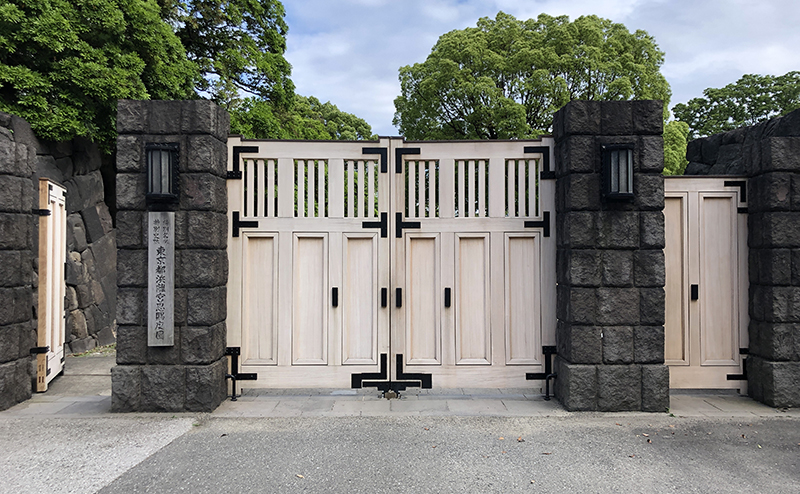
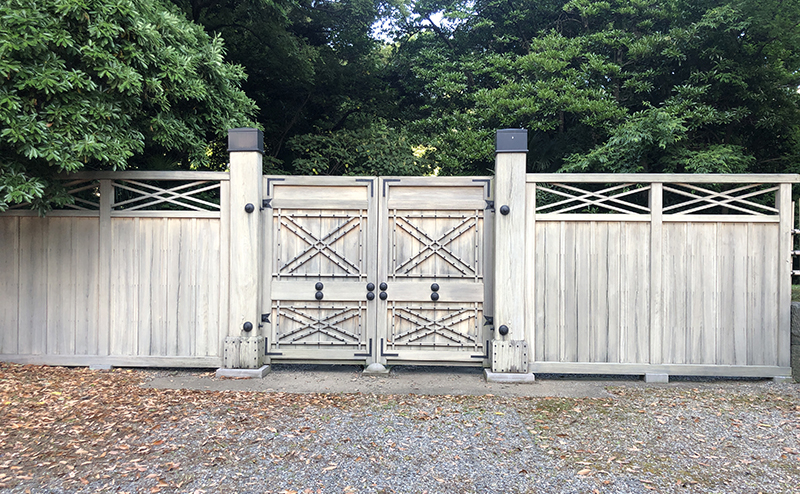
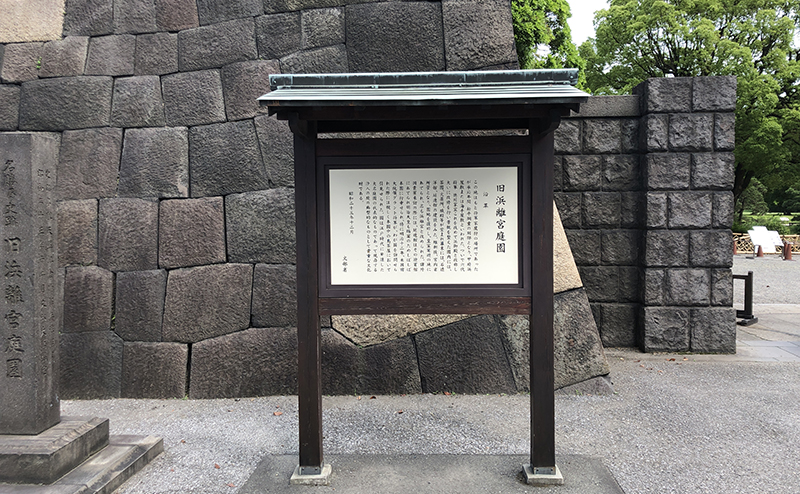
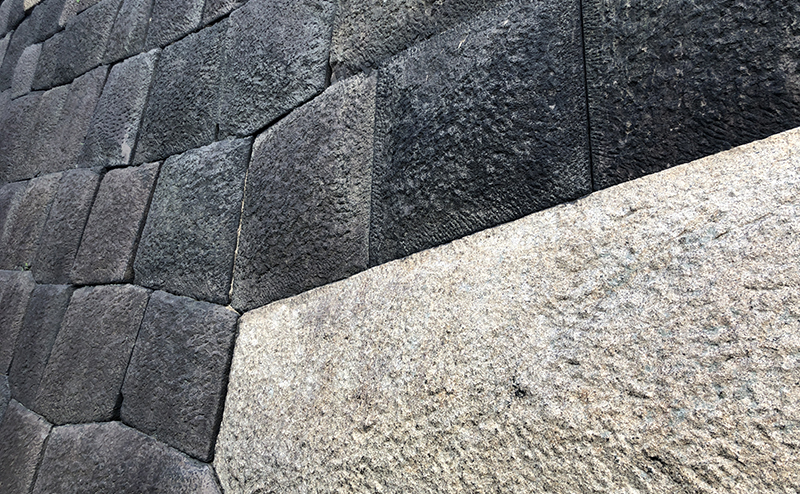
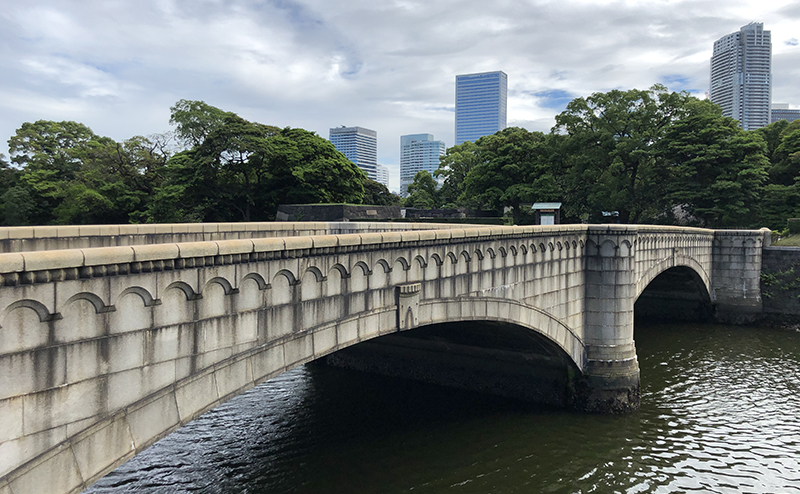
Mount Fujimi
Mt. Fujimi with a beautiful view of the garden
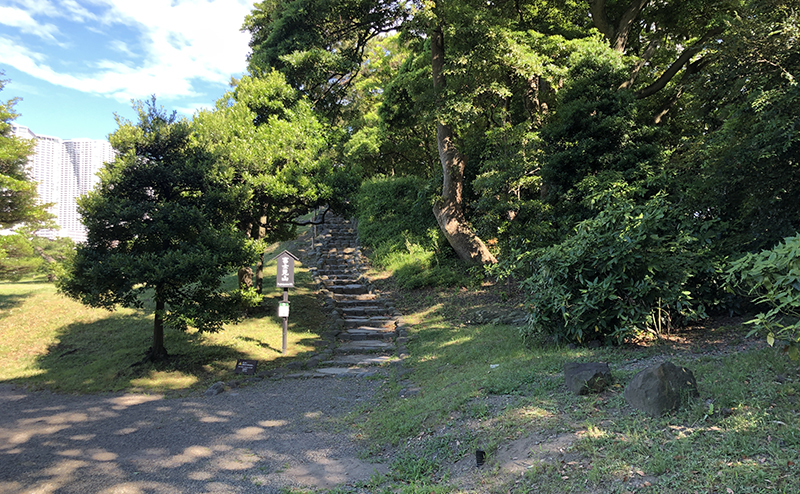
Otsutaebashi and Nakajima’s teahouse
A guiding bridge that connects Nakajima with the shore of the tide pond. Nakajima has the “Nakajima Ochaya”, and the view of the bridge and the Ochaya reflected on the surface of the water is very tasteful. It was built in 1707 by Tokugawa Isenori, a 6th generation general, and the view from the room is also wonderful. In the past, it seems that it was used for evening coolness and moon viewing with a view of Boso beyond the sea. The current Ochaya is rebuilt in 1983 and you can enjoy Matcha. Unlike a teahouse, a teahouse is a building that was built as a place for generals to entertain and rest. The 118-meter “Otashi Bridge” is made of total cypress.
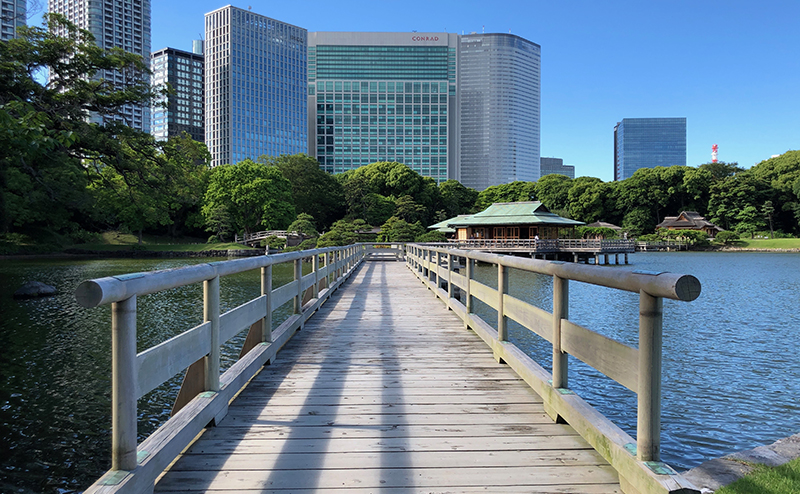
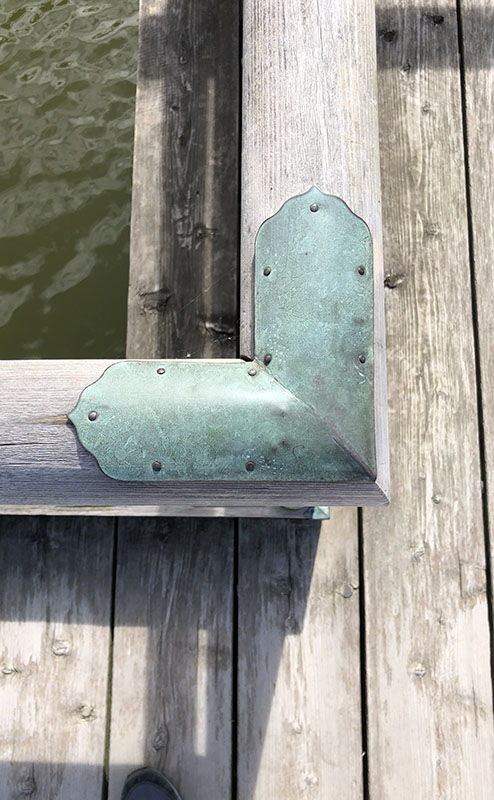
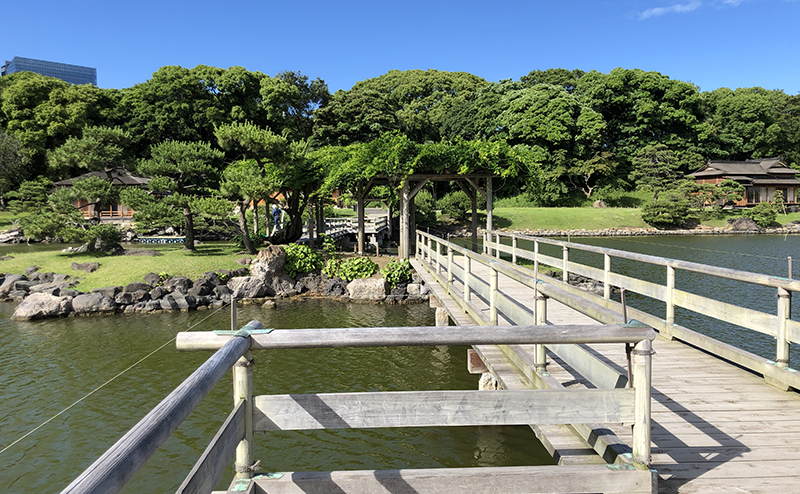
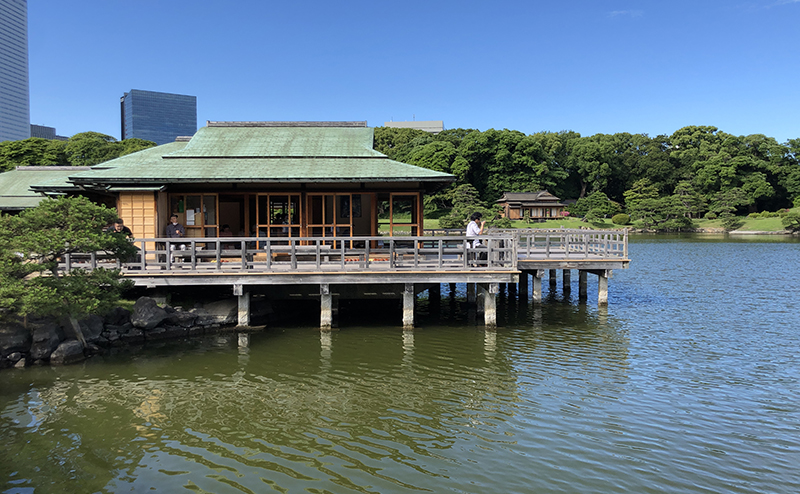
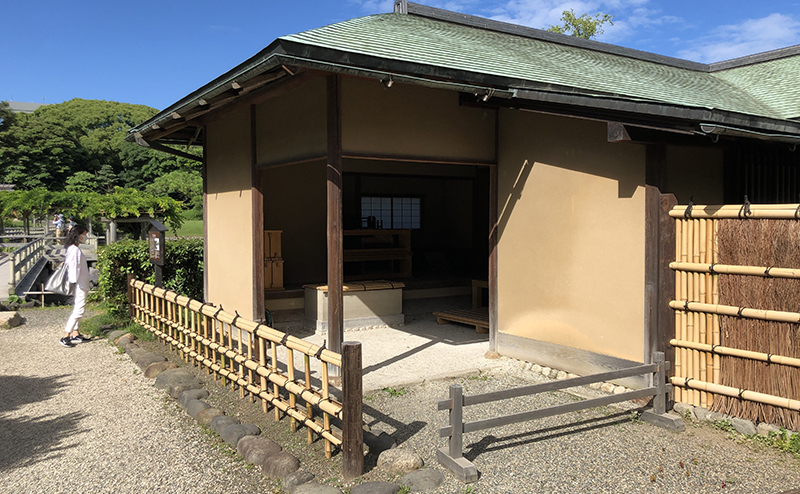
Pine teahouse
In addition to spending time with the guests at the “Ochaya” while enjoying meals and observing the furnishings, successive shoguns also used it as a resting place for falconry.
The Matsu no Chaya was built during the reign of the 11th shogun Tokugawa Iemitsu (1787-1837) and was destroyed by air raids at the end of the war. However, since the foundation stones and burial stones remain, there are abundant historical materials such as Edo period picture drawings and repair records of the Miyauchi province after the Meiji era. I was able to restore it first in the teahouse. The pine teahouse is made of Sukiya style Shoin, the roof is covered with shingles, the inside is covered with a wall, and the outside is covered with a clapboard. The building is made from Japanese cedar, Yakushima cedar, and Kirishima cedar, which are hard to find nowadays.
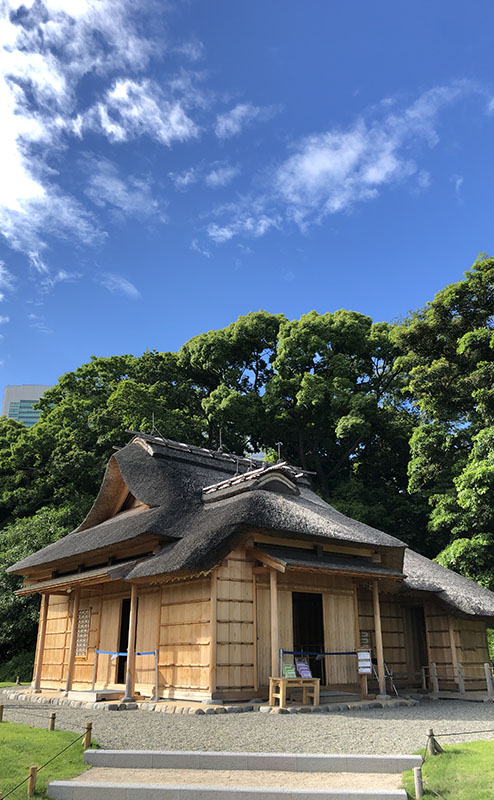
Tsubame no Chaya
It is said that the name of “Tsubame” in “Tsubame no Ochajaya”, which was restored in 2015, was derived from the shape of the nail-concealing metal fittings being the shape of a swallow or a swallow flower. At that time, it was said that he decorated the paintings of the Nanso painter, Renmei, and welcomed customers with sweets and side dishes. The building is made by Sukiya-style Shoin.
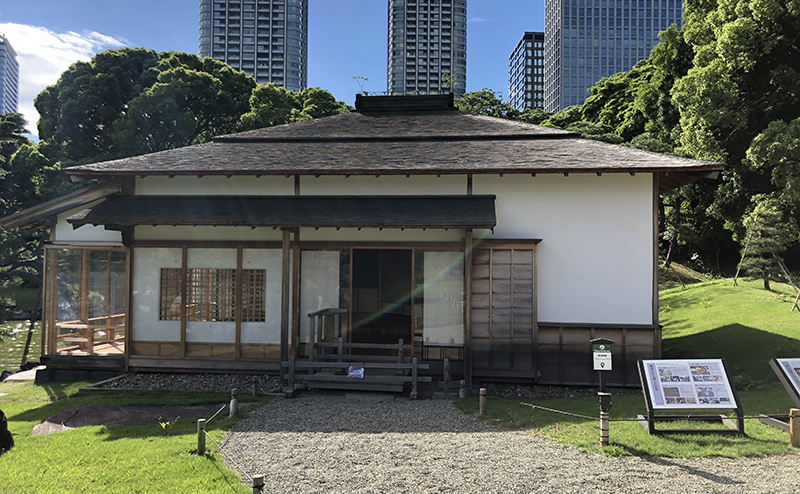
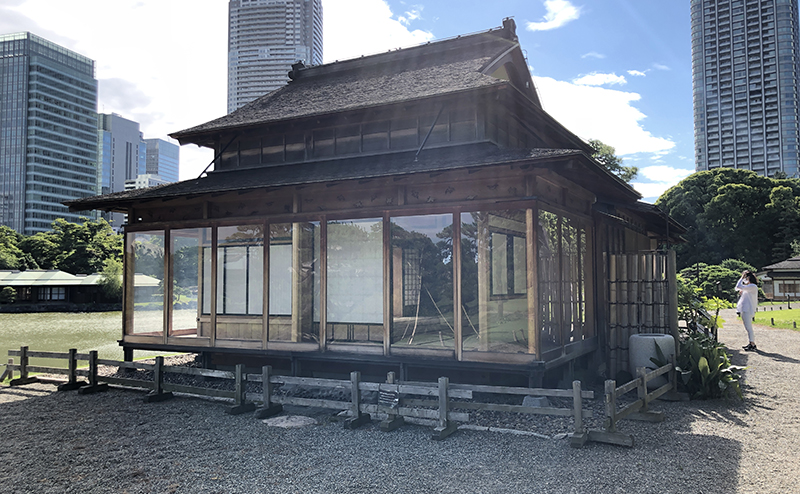

Hawk teahouse
It was restored in 2018 at a teahouse that was used as a resting place for the shogun to falcon. It is a straw thatched teahouse that was built so that you can go in and out of it while falconry. There is a tatami mat floor for the generals to take a rest and warm. There is also a “hawk room” where you can rest the “hawks” you took to hunt.
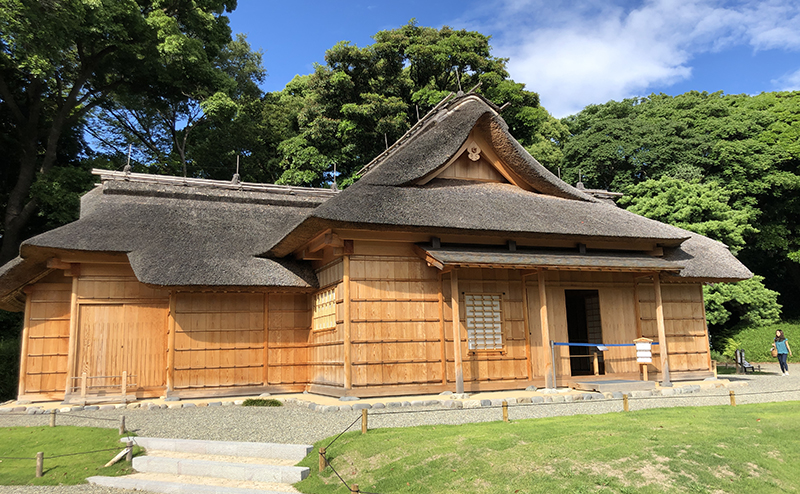
Kamoba
There are two places, Koshindo Kamoba and Shinsenza Kamoba. The old one was built in 1778 and the latter was built in 1791. In Kamoba, a pond and a forest were surrounded by a 3m bank, and evergreen trees and bamboo bamboo were planted around the bank to shut off the duck so that it could rest comfortably. Here, a few moats (thin moats) are set up in the pond, and while watching the state of the duck from the small peep, attract the ducks with bait and bait ducks, and look at the machine to see the shadow of the bank. Therefore, in the Edo period, hawks were used, and in the villa period, scooping was carried out with the Sadenami.
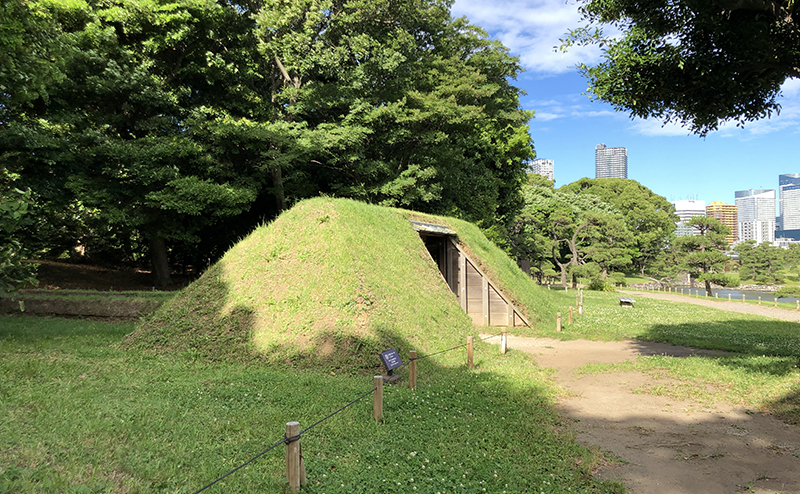
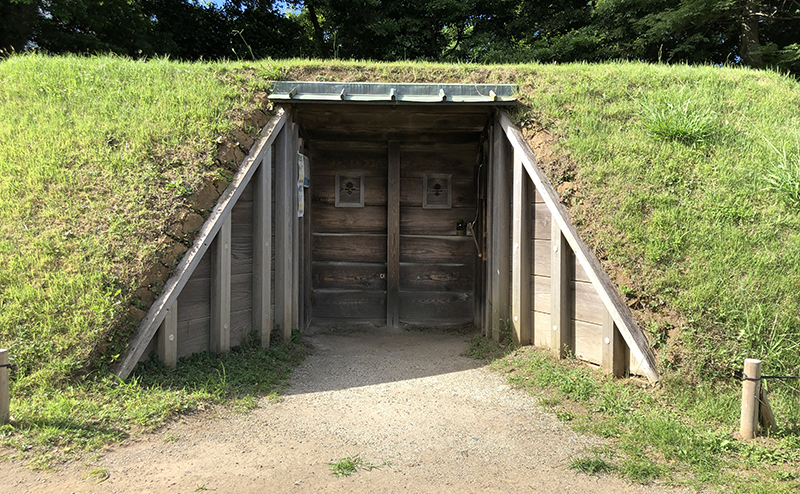
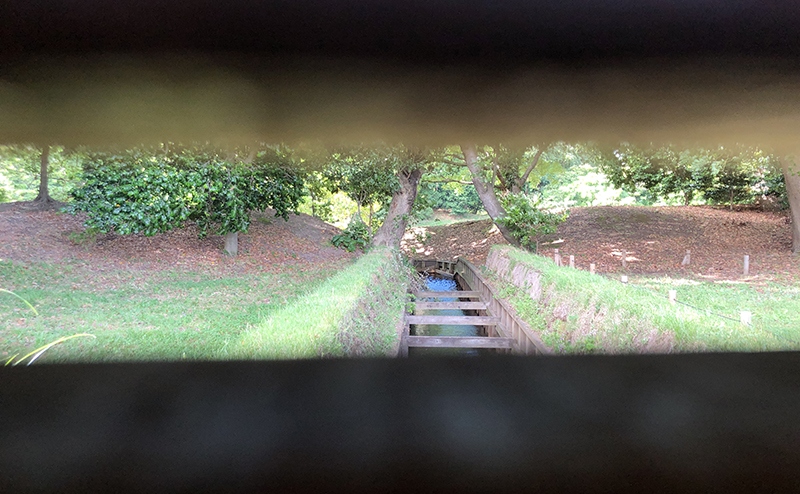

Shogun Oagariba
Shogun Oagariba is the dock where the shogun boarded and dropped off when the shogun dropped in from Okawa (Sumidagawa) to Hama Goten during the Edo period. It is said that Tokugawa Keiki, who became the last shogun on January 12, 1868, entered Edo on the warship Kaiyo Maru from Osaka, landed from this climbing place, and returned to Edo Castle by horse.
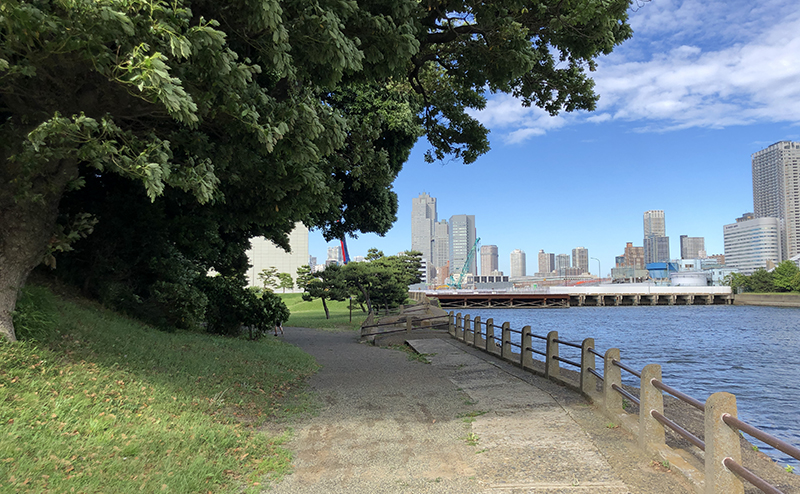
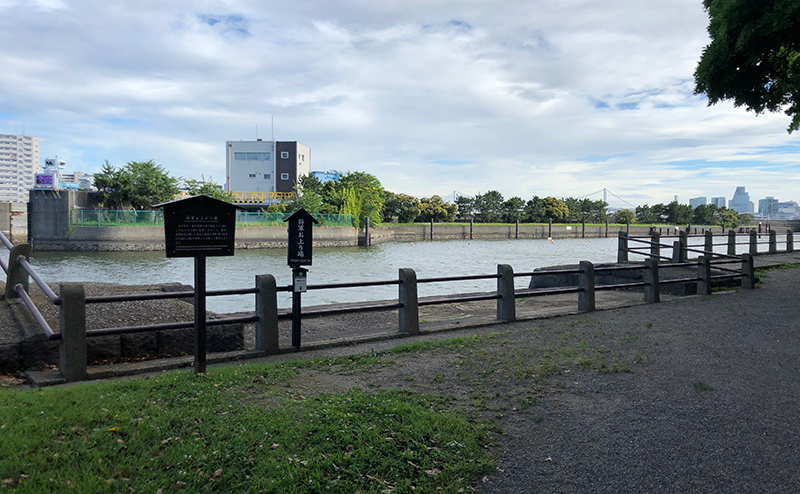
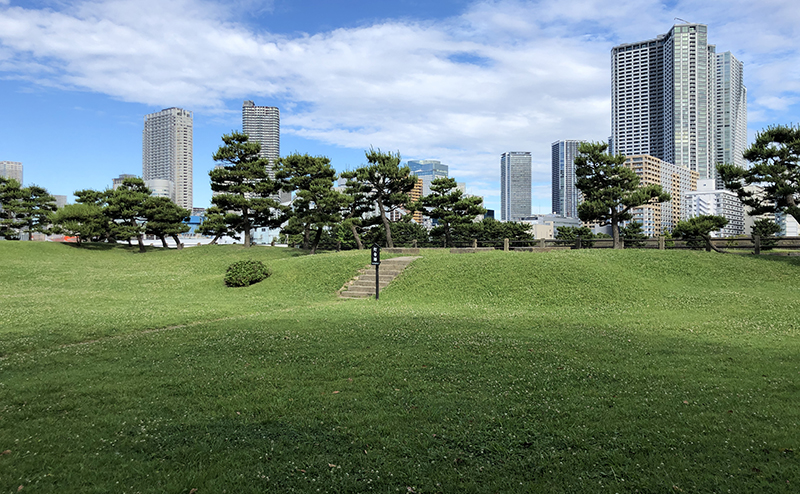
Former Inao Shrine
It is not clear when the old Ina Shrine was built, but it is known that the Inari shrine was traditionally enshrined in the garden because the Inari shrine is drawn to the west of the current location in the pictorial drawings of the late Edo period. It has been. The current building collapsed due to the earthquake that had its epicenter in Tokyo Bay on June 20, 1894, when the predecessor shrine was destroyed. It was rebuilt in the form. The palace enshrined inside is presumed to be from the late Edo period, due to its architectural techniques.
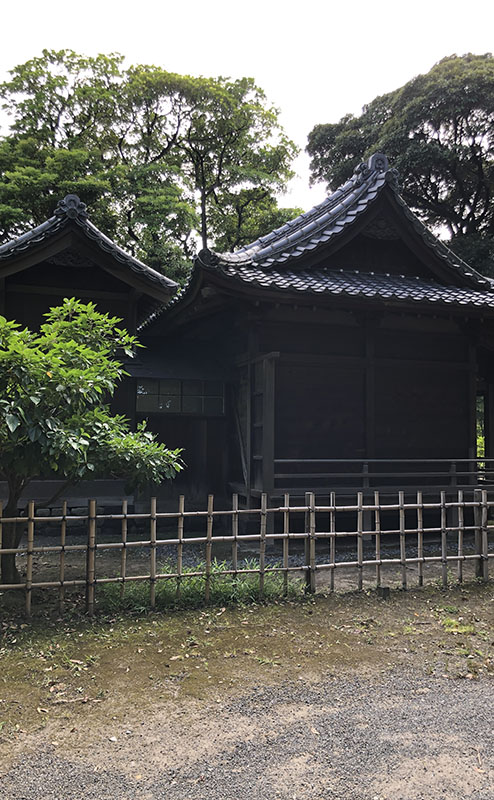
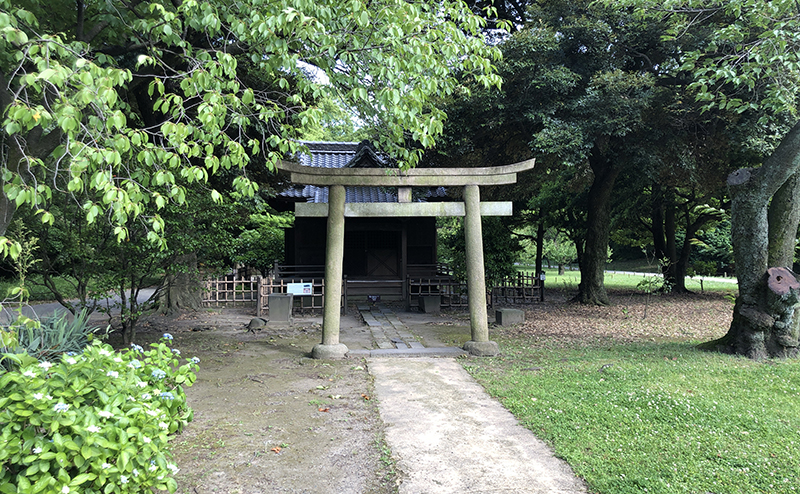
Trees and shrubs
Nanohana” in spring, and “Kibana Cosmos” and “Cosmos” in summer and fall are in beautiful bloom. During the Edo period, the garden had various functions in addition to being a garden. It was a landing place for ships, a storage warehouse for famine supplies, an unloading place for supplies needed at Edo Castle, a naval base, and a medicinal garden. The 300-year-old pine tree is said to have been planted in honor of Ienobu Ieyasu, the sixth shogun, when he made major renovations to the garden. Its thick branches protrude low over the garden, giving it an imposing appearance.
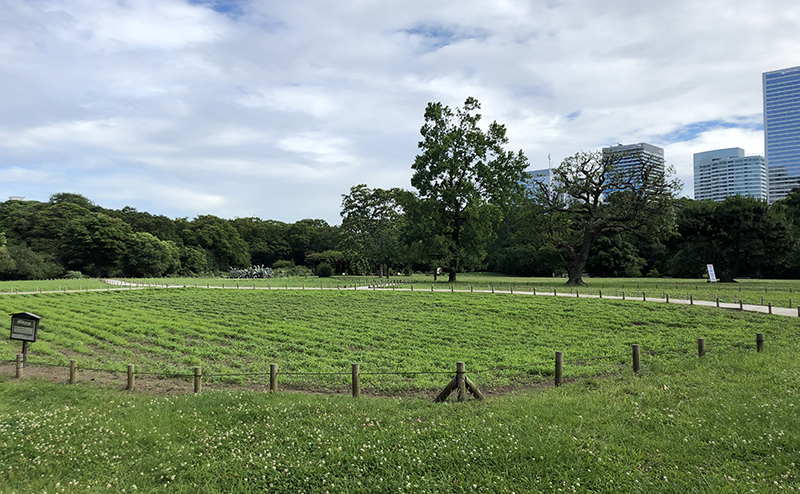
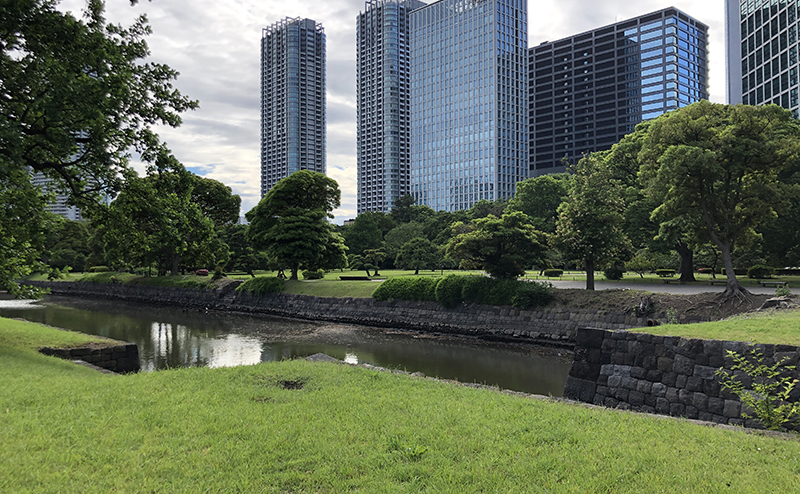
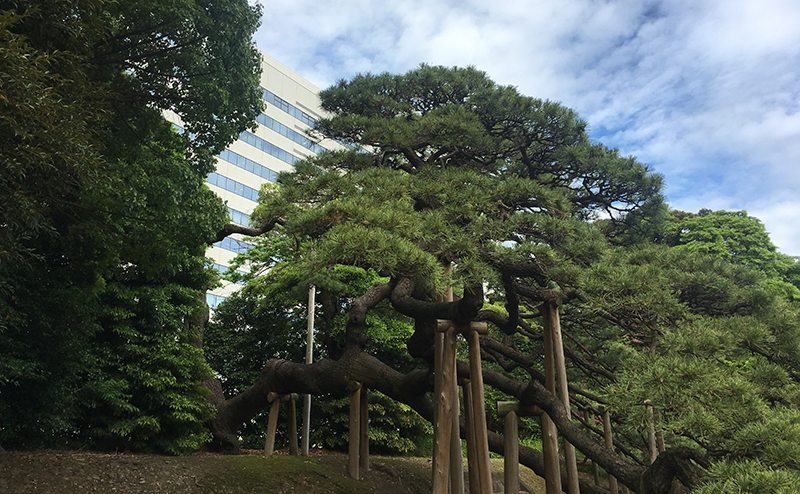
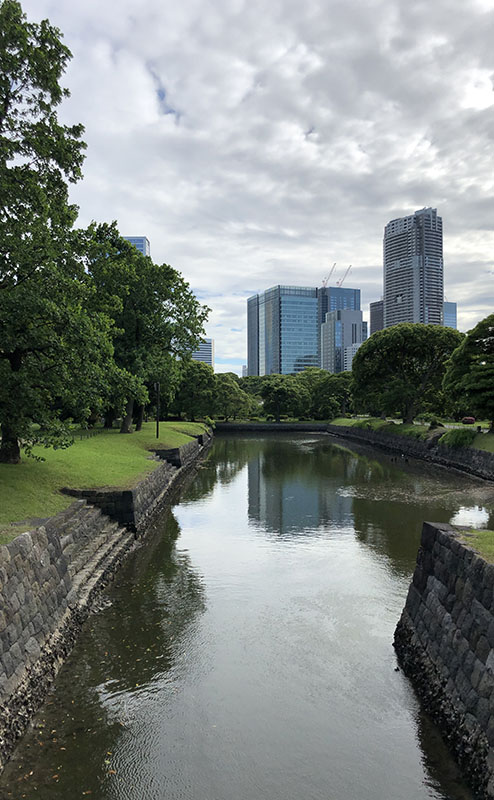
Access to Hamarikyu Gardens
Address:1-1 Hamarikyu Garden, Chuo-ku, Tokyo
TEL: 03-3541-0200
Parking around Hamarikyu Gardens
Hamarikyu Gardens Official Website
Official site:http://www.tokyo-park.or.jp/park/format/access028.html
